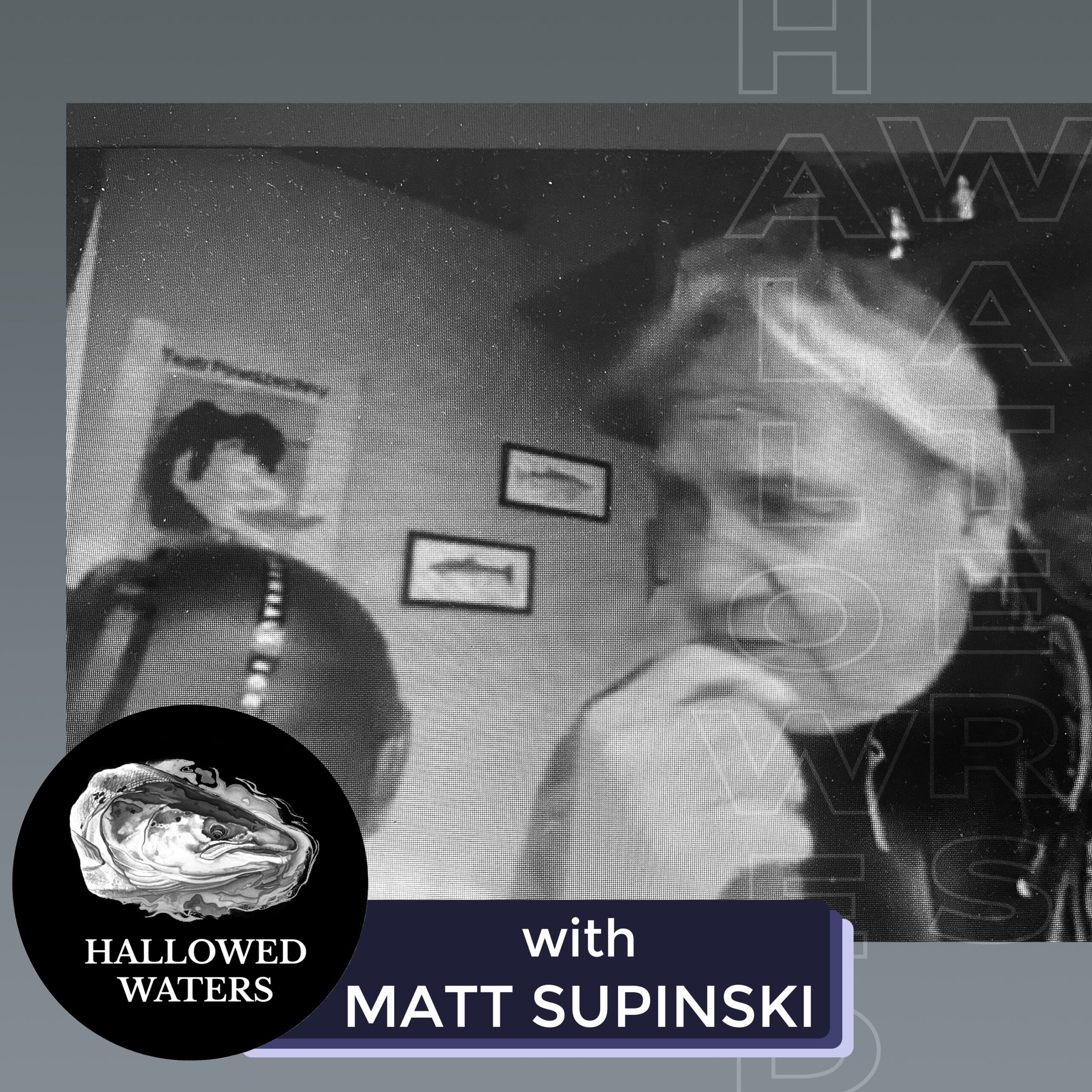( Though many of us love to fish dries and swinging wets, Midges and micro crustaceans are a trout’s bread and butter in the benthic bio drift in winter as pictured above. Thus entailing nymphing either traditional or Euro style. Though we tend to confuse midge larvae color with adults’ coloration on the surface, most midge larvae are a deep green or creamy olive in color. And occasionally bright red for some Chironomid red worms that love fecal matter from trout hatchery discharges located on many spring creeks due to the perfect year-round ground water sources. Scuds also will take on a pink or orange hue in the abdomen during molting or winter die-off when water temperatures plummet quickly. Here an orange hot-spot tiny # 20 scud and midge larvae are a deadly combination for winter. The hot spot also adds to trigger the trout’s search image identification. Notice the banding achieved by latex which is highly visible on midge and caddis larvae that have a complete metamorphism from larvae, to pupae, to adult and spinner)
“To see a trout rising to something invisible, to fasten a diminutive No.22 dry fly to the gossamer point and cast that fly to the trout, judging the accuracy of the cast by the line: to see the gentle swell of the rise again when that fly should have floated over the desired spot, then to tighten and discover the connection with a lunging trout is the most exotic experience that can befall a fly fisherman” ( Vince Marinaro- A Modern Dry Fly Code)
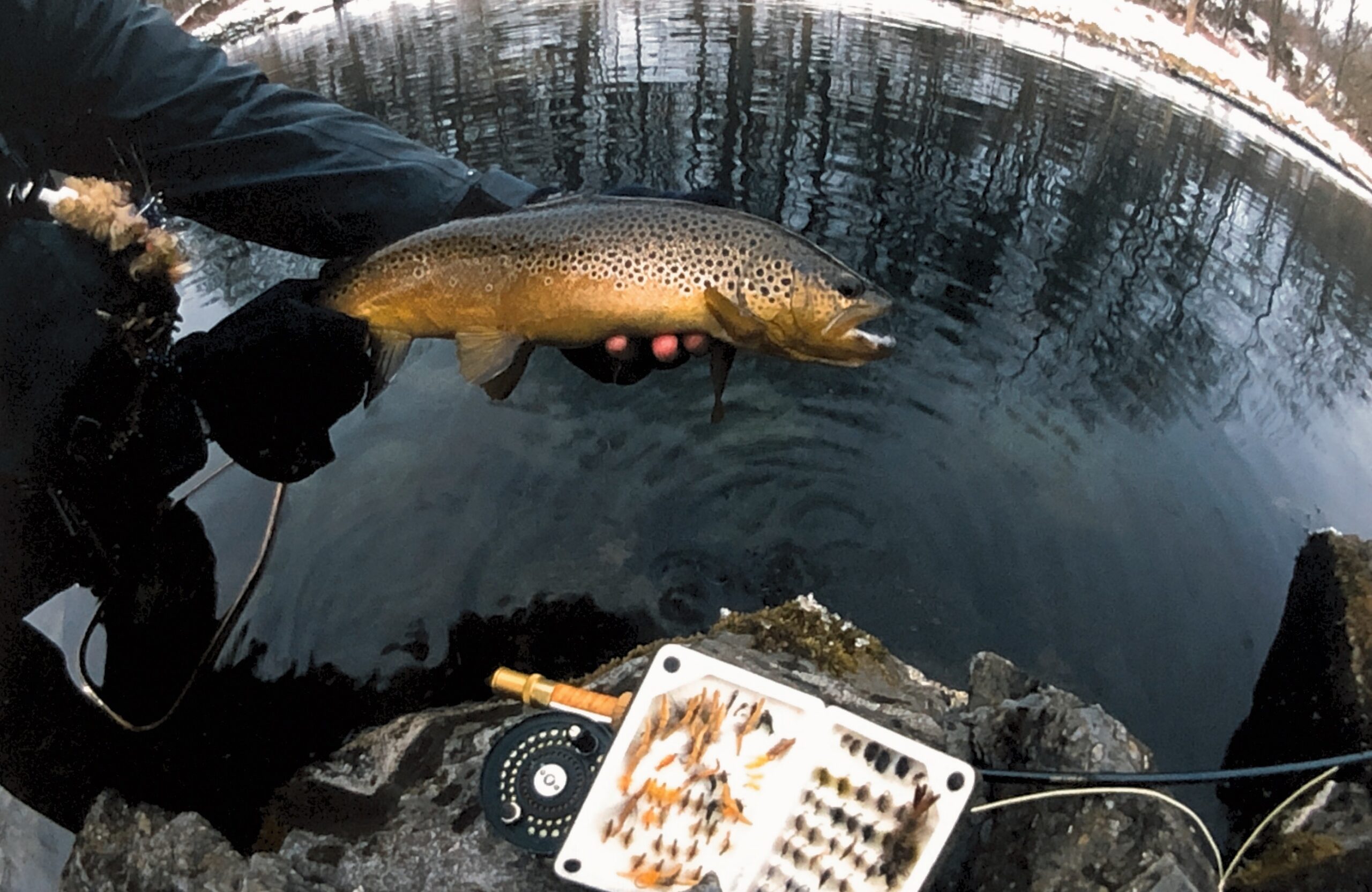
I am forever fascinated by minutiae. Though fascination is the fuel that drives the passion we have for fly fishing for trout and their entomological foraging forays. I still marvel at what extreme and degree of finesse we anglers will go to match the “invisible hatch”. This is a true testimonial of the will of accomplishment that humans bring to the dance and riddle of any muse they pursue. Though many think mastering the two-handed spey to be the highest level of the game-which it can!, however minutiae and its delicacy involves a very high degree of execution with a very little margin of error. The difference in size from a # 20 to a #24 is gargantuan in perspective.
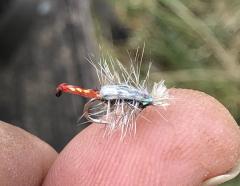
Simply put, what truly fascinates me is how extremely gluttonous a wily brown trout, who can eat like a garbage disposal by devouring anything swimming or crawling in sight, can switch their predatory mode and concentrate on tiny size #22 -28 midges and Pseudo blue winged olives if given the opportunity.
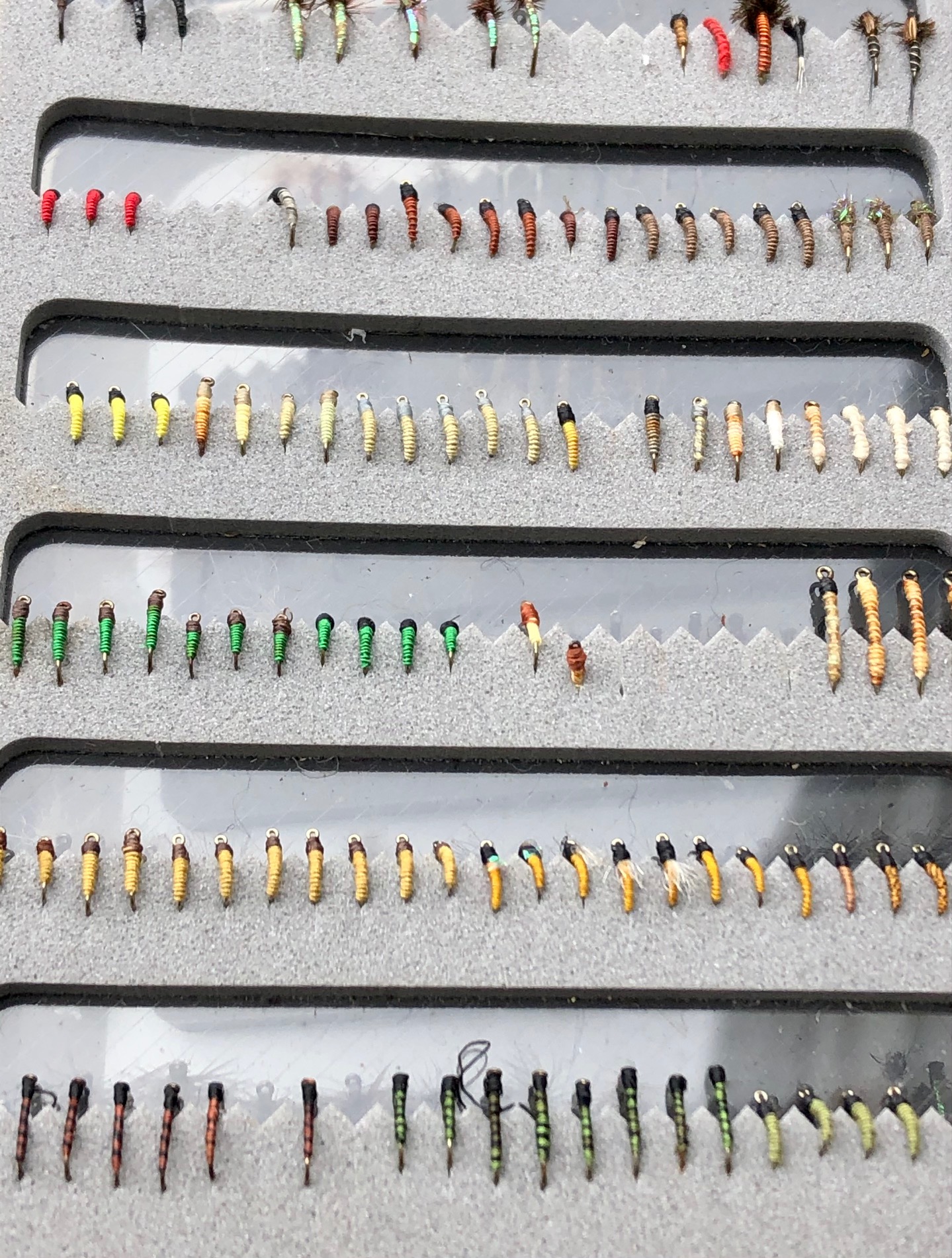

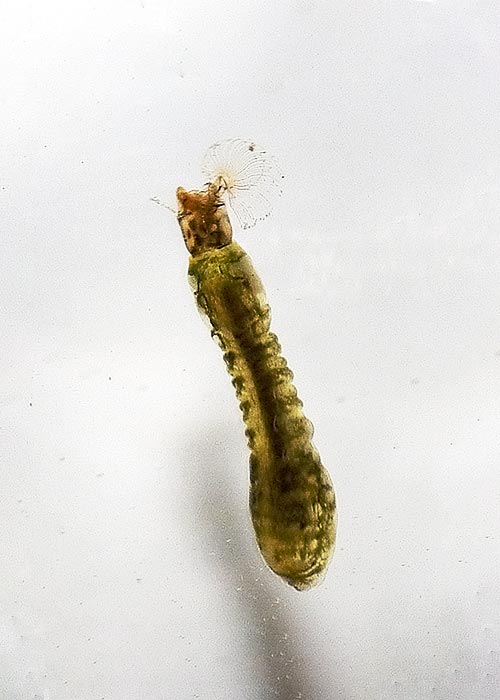
Equally to the browns bi-polar foraging cues, how selective wild rainbows can be when they spend so much time fussing and scrounging about for micro kibbles of food in the meniscus flats of the Henry’s Fork, Missouri, Delaware, Farmington or on a Montana spring creek. Brookies do the same on still beaver ponds and the few indigenous spring creeks they thrive in when minutiae is on the water- especially in winter.
But by far the most difficult part of the midging/minutiae game is the phobia and fear of many anglers to comprehend the micro tiny flies, light tippets, delicate rods and ultra sensory uni-lateral perception one needs to dive-in and explore a whole new world of this micro hatch matching dope. Vision is by far the most challenging. Yet with good bifocals and magnifiers which allows for embracing the minutiae gig these allow you to fly fish year round, under difficult conditions and perhaps what is most importantly going on-a changing world climate that will force us to rethink the old standby fly game that has be shrouded in #14 Adams and Quill Gordons.
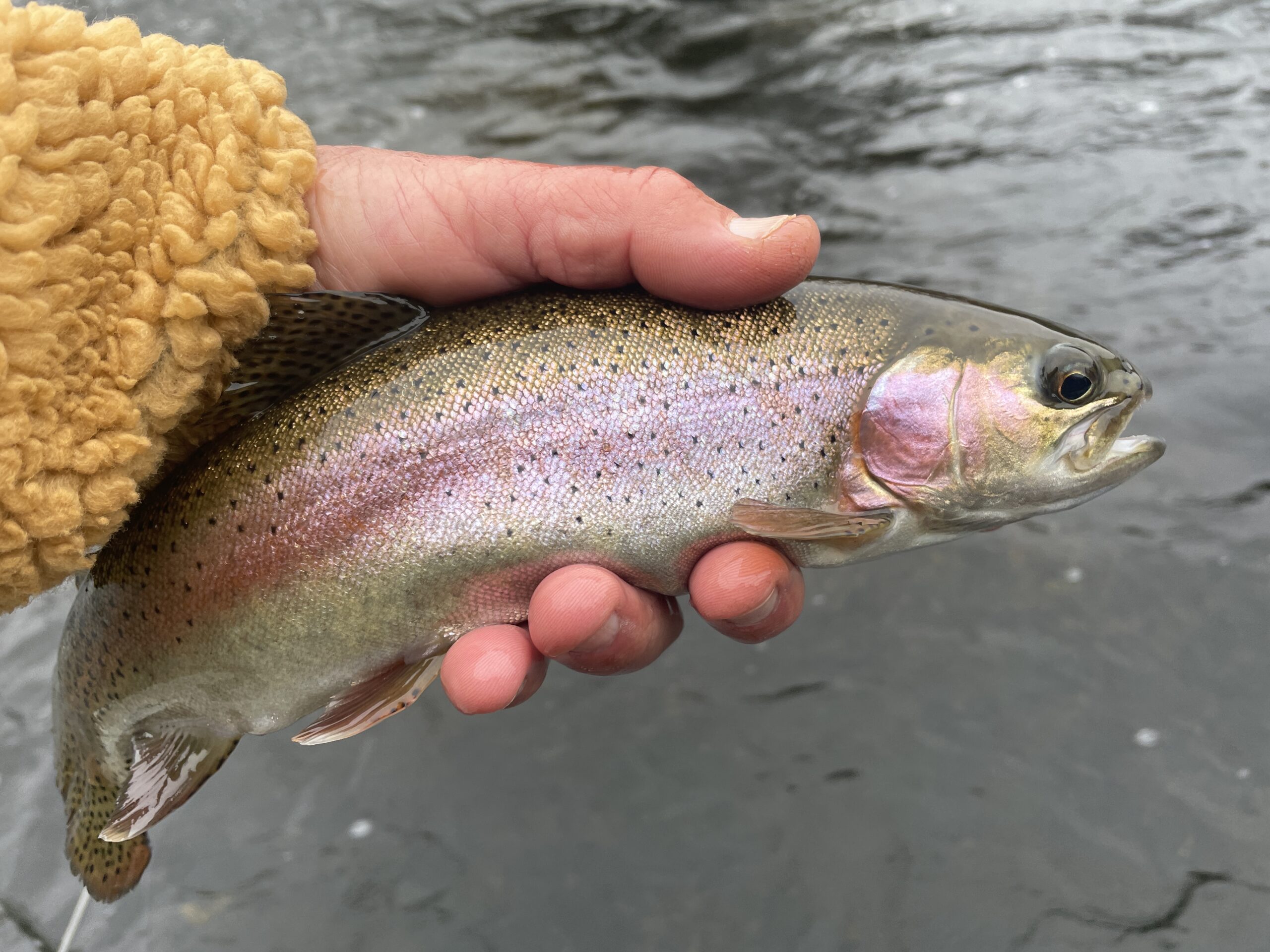
Midges can survive in an environment of decay and eutrophication. Micro Hyalella crustaceans like scuds and Mysis prey off of decay and detritus. Though midges as whole are signals of high water quality, as our streams and rivers change and receive more silt and decay, these two prime food sources will take on a higher level of importance as the once traditional and abundant mayfly waters and habitat becomes fewer.
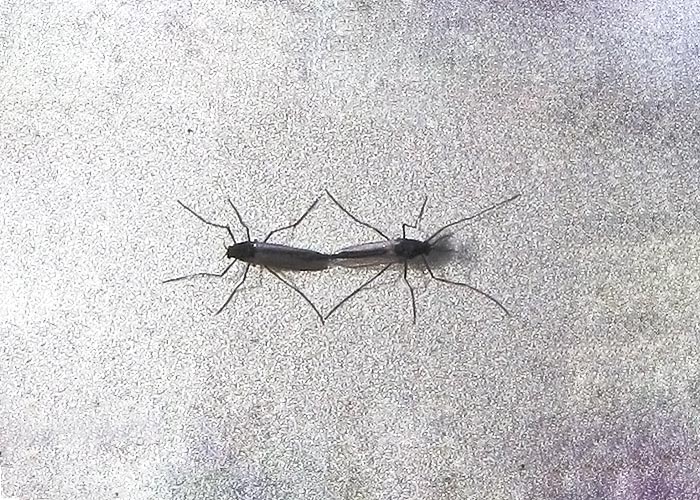

“During the brief periods when the midge pupa float in the meniscus , ready to split their sac, they become very vulnerable to the trout. The adults are often equally as vulnerable due to the inhibiting effect the cold waters have on their ability to take flight immediately after hatching” (Spring Creek Midging- Matthew Supinski-American Angler-1993)
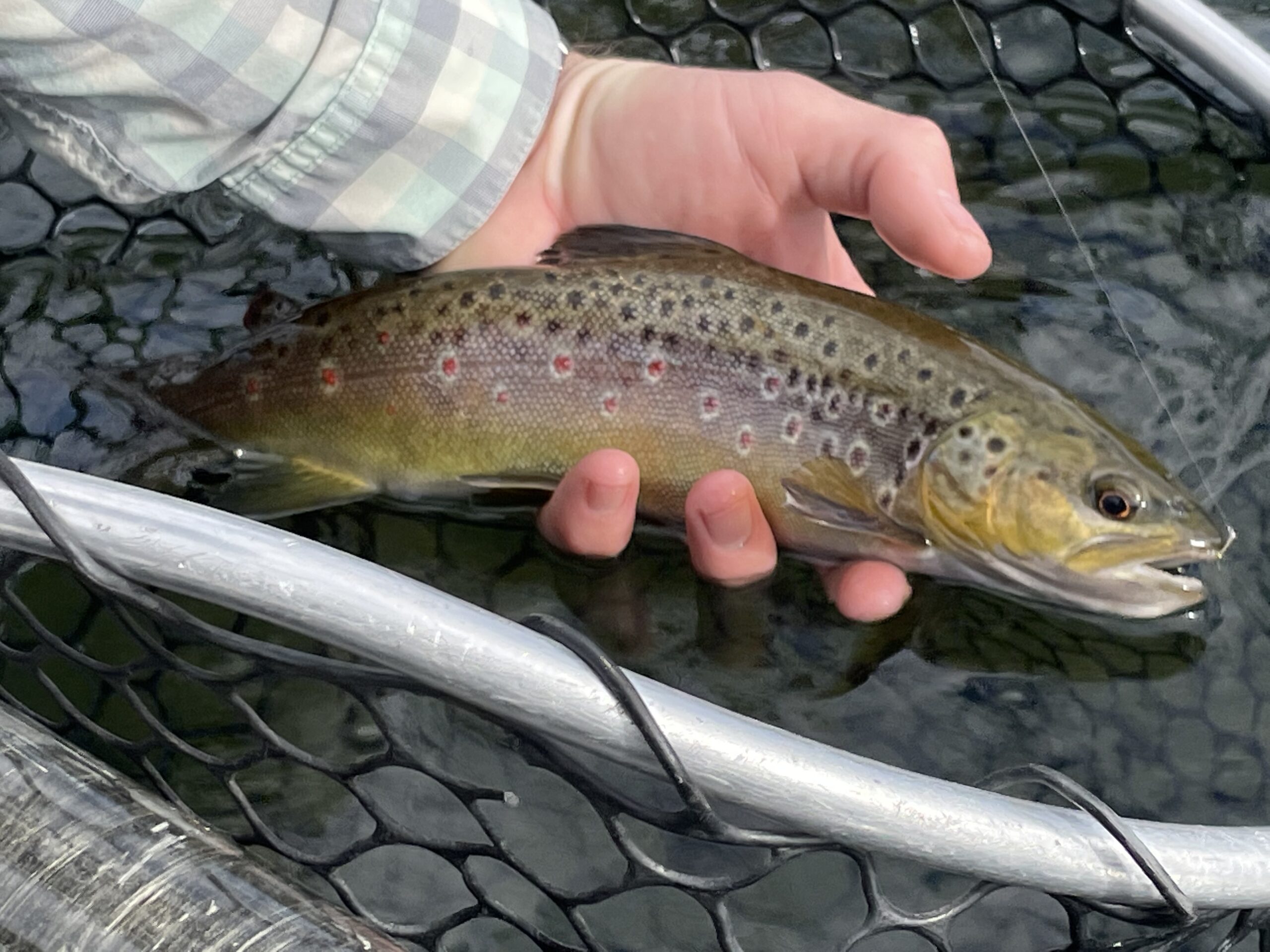
In the upcoming issue of Hallowed Waters Journal we take an in-depth look at minutiae from midges, to micro scuds. We are switching to a print process and will also feature our “best of” archived series for the many that are yet to read them since they don’t read digital. They will be available in our hard glossy bound versions for you to collect as books. www.hallowedwaters.com
Also, please join us on our highly popular Hallowed Waters Podcasts as we probe in-depth topics with iconic guests for the thinking man’s fly fisher.https://podcasts.apple.com/us/podcast/hallowed-waters/id1606667042
Until next time!
Happy Holidays!
Matthew Supinski
